Malaysia is a land of many natural wonders. From breathtaking waterfalls to hot springs, our country has something for every nature lover. But if you have a thirst for adventure, then caving might be your new favourite hobby.
Caves are large hollow spaces inside a rocky mass. In Malaysia, some caves are found in limestone hills while others are located above ground. Malaysian caves are also home to millions of bats and insects, so caving here is definitely not for the faint-hearted.
Here are 8 must-visit caves for the adventurous souls:
1. Gua Wang Burma, Perlis
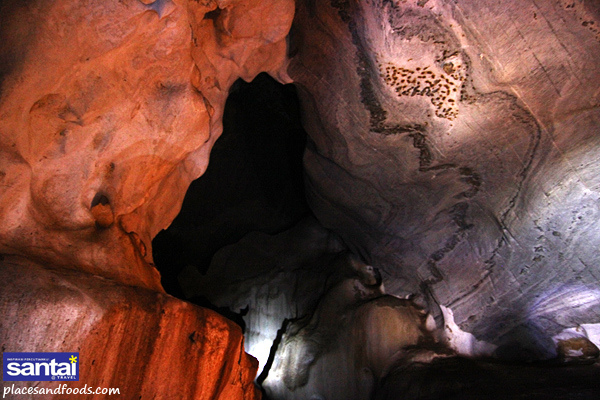
Located inside the Perlis State Park, Gua Wang Burma is full of beautiful limestone formations like stalactites (icicle-like structures hanging from the roof of a cave) and stalagmites (columns that rise from the cave floor). The cave, which actually links to Thailand, is divided into 2 main parts: Wang Burma Satu (the easier path surrounded by scenic settings) and Wang Burma Dua (the more challenging route filled with dark hooks, narrow passages, and muddy tunnels).
Furthermore, visitors are advised to get a qualified guide and permission from the Perlis Forestry Department before going for the cave exploration.
- Getting there: From Kangar, use Route 7 towards Padang Besar. After Timah-Tasoh, take a left turning to Gua Kelam and head towards Kaki Bukit town. Take Route R15 to go to Kampung Wang Kelian. The entrance of the State Park Visitor Center will be on your right.
- Tel: 04-976 5966
2. Gua Kelam, Perlis
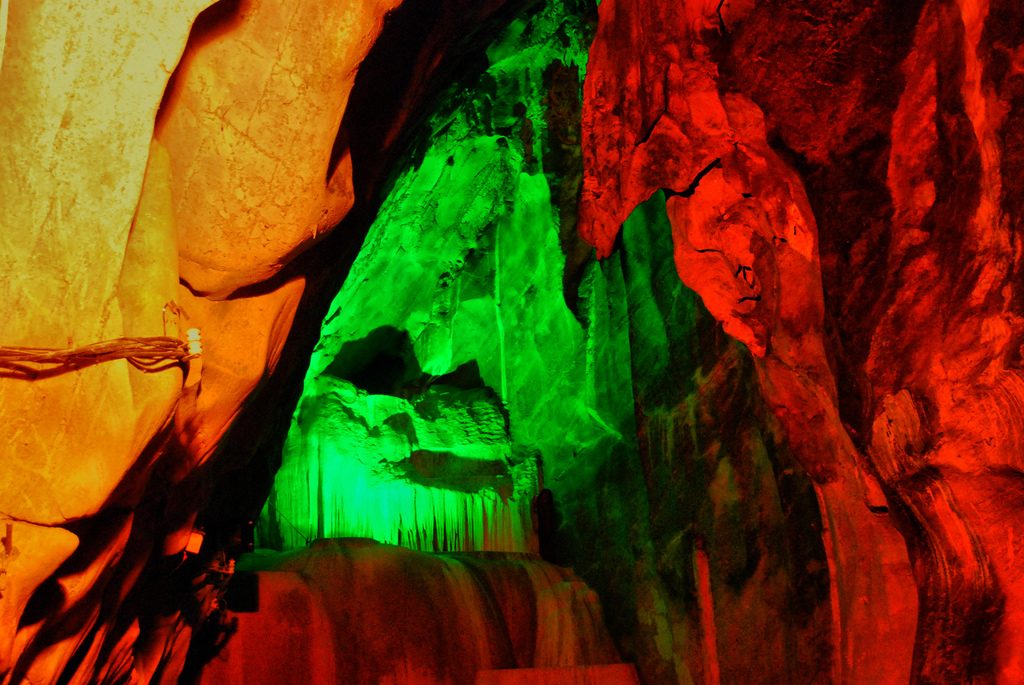
Gua Kelam, which literally means “Cave of Darkness”, is another extraordinary sight to see in Perlis. Famed for its “cave walk”, the 370m-long cave features a suspension bridge and shares the Malaysia-Thailand border with Nakawan Range, the longest continuous limestone hill in our country.
- Address: Kaki Bukit, 02200 Perlis, Malaysia
- Tel: 04-976 5966
3. Gua Musang, Kelantan
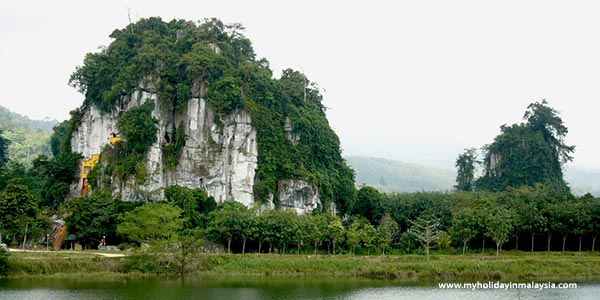
Gua Musang, which literally means “Fox Cave”, is Kelantan’s largest district and is one of Malaysia’s most popular rock-climbing and caving destinations as it’s surrounded by limestone hills and caves. The caves here are steep, so a proper guide should be hired prior to your trip. Gua Musang is also home to well-known archaeological sites such as Gua Cha, Gua Chawan, and Gua Jaya.
Aside from the caves, adrenaline seekers can also try water rafting at Sungai Nenggiri.
- Getting there: From Kuala Lumpur, use the Karak Highway and turn off at Bentong. Proceeds northwards to Raub and then to Gua Musang.
4. Gua Niah, Sarawak
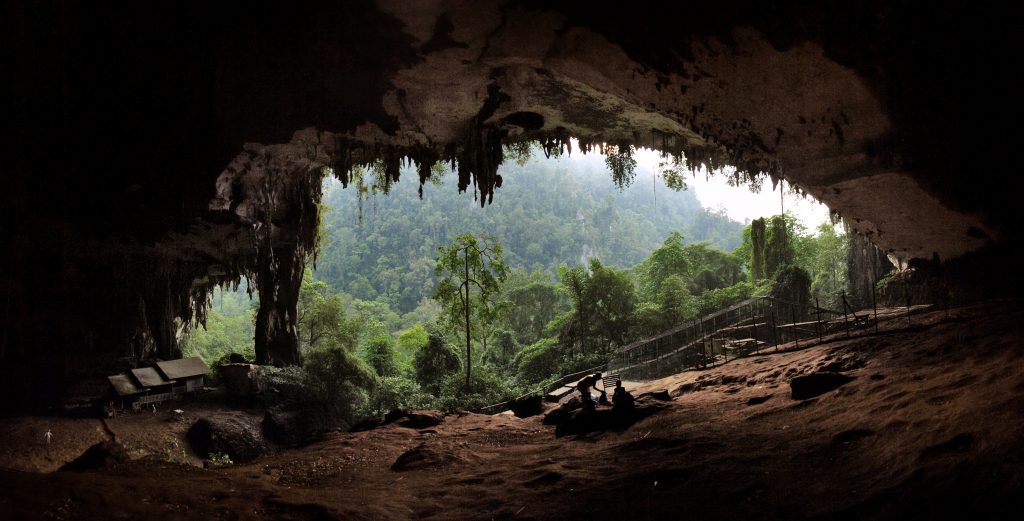
Gua Niah consists of several voluminous chambers with high ceilings and is located in Niah Caves National Park. The main cave, Niah Great Cave, is an important pre-historical site as archeologists found evidence of human occupation dating back to 40,000 years. Moreover, historical wall-paintings and “death ships” can be found at the nearby Painted Cave. The popular tourist spot is also one of the bird nest industry’s main nesting ground.
- Getting there: There are transportation companies at Miri Bus Station that provide bus services to Niah Caves National Park (For example, Syarikat Bas Suria)
- Tel: 08- 573 7454
5. Mulu Caves, Sarawak
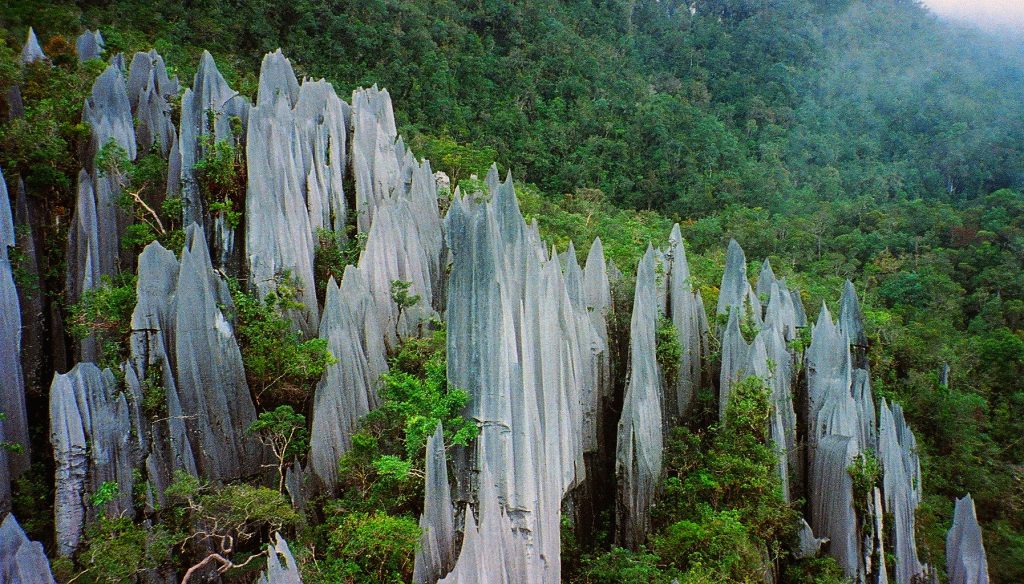
Situated in Gunung Mulu National Park, Mulu Caves has a series of caves and caverns with the biggest one being the Sarawak Chamber (it can fit 8 Boeing-747 planes!). Mulu Caves also houses several other caves such as Deer Cave (the world’s largest cave passage), Lang Cave, Clearwater Cave, and Wind Cave.
Other attractions at the Unesco World Heritage site include Long Iman Ba’Desai Waterfall, Mulu Botanical Heritage Trail, Paku Valley Loop, and Kenyalang Loop.
- Getting there: From Miri, the easiest way to go to Mulu is by plane (approximately 30 minutes)
- Tel: 08-579 2306
- Website
6. Gua Tempurung, Perak
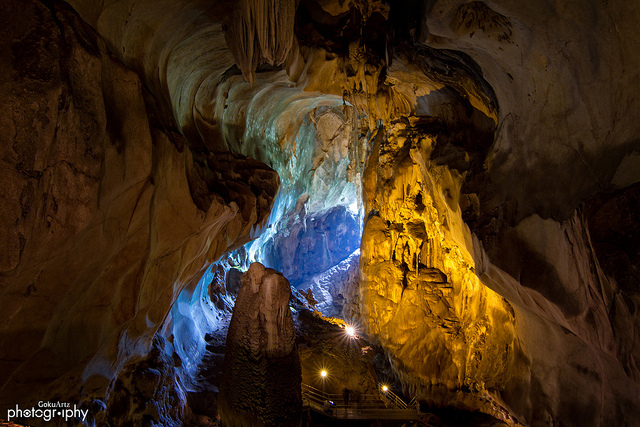
Gua Tempurung is one of the largest limestone caves in Peninsular Malaysia. While it is not as big as the ones in East Malaysia, the cave is great for beginners as it is easy to explore. Believed to have existed since 8000 B.C. (that’s about 10,000 years ago!), the cave has 3 large chambers, 5 huge domes, and coconut shell-like ceilings.
Note: Torch lights and safety helmets are recommend when exploring the cave.
- Address: Pusat Pelancongan Gua Tempurung, 31600 Gopeng, Perak, Malaysia
- Tel: 05-359 1561
7. Gua Gomantong, Sabah
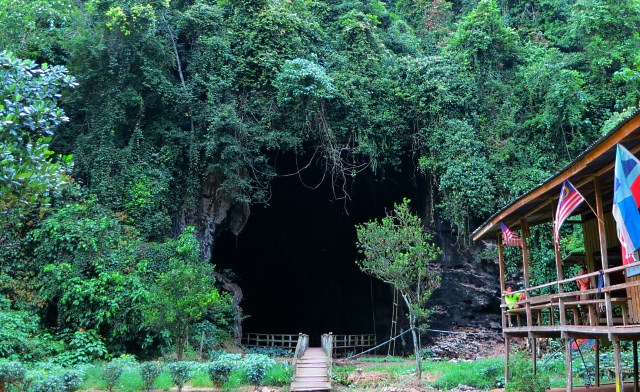
Dubbed by WWF (World Wide Fund for Nature) as “the best-managed edible birds’ nest cave in the world”, Gua Gomantong has 2 parts: Simud Hitam (Black Cave) and Simud Putih (White Cave). While the former is easily accessible from the entrance building, going to the latter, which is also a swiftlet nesting ground, requires a 45-minute uphill trek, proper caving equipments, and a lot of determination.
Note: Due to dwindling swiftlet populations, the caves are closed over certain periods. So be sure to check with a local guide before planning your trip!
- Getting there: Take a minivan from Sandakan to Sukau and ask to be dropped at the turn-off for the caves
8. Batu Maloi Cave, Negeri Sembilan
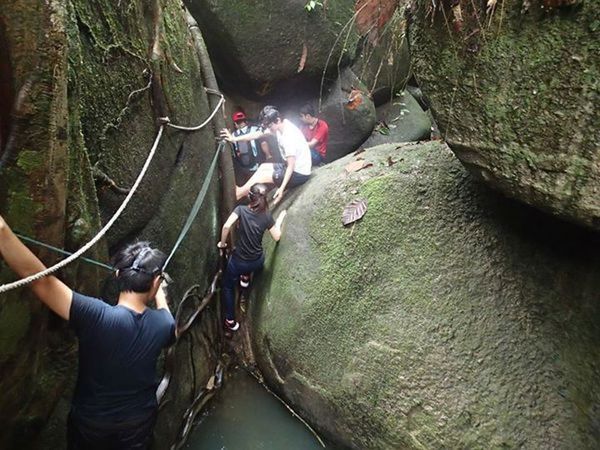
Batu Maloi Cave is probably one of the hardest caves to explore in the country. Formed beneath the masses of large rocks, the cave is situated in Mount Tampin Forest Reserve. According to a TripAdvisor user, headlights and waterproof bags are needed as the granite cave is wet and dark. Also, be sure to wear proper clothing to prevent yourself from getting scratches and bumps because there are many narrow and winding passageways.
Like Gua Wang Burma, an experienced guide is needed for the cave tour.
- Address: Pejabat Hutan Negeri Sembilan, Negeri Sembilan, 73100 Johol, Malaysia
- Tel: 06-481 1036
Sources: Attractions in Malaysia, Wiki Voyage, Go Outdoor Asia, Ipoh City, Lonely Planet / Featured image: MySabah.com
Follow us on Instagram, Facebook or Telegram for more updates and breaking news.








